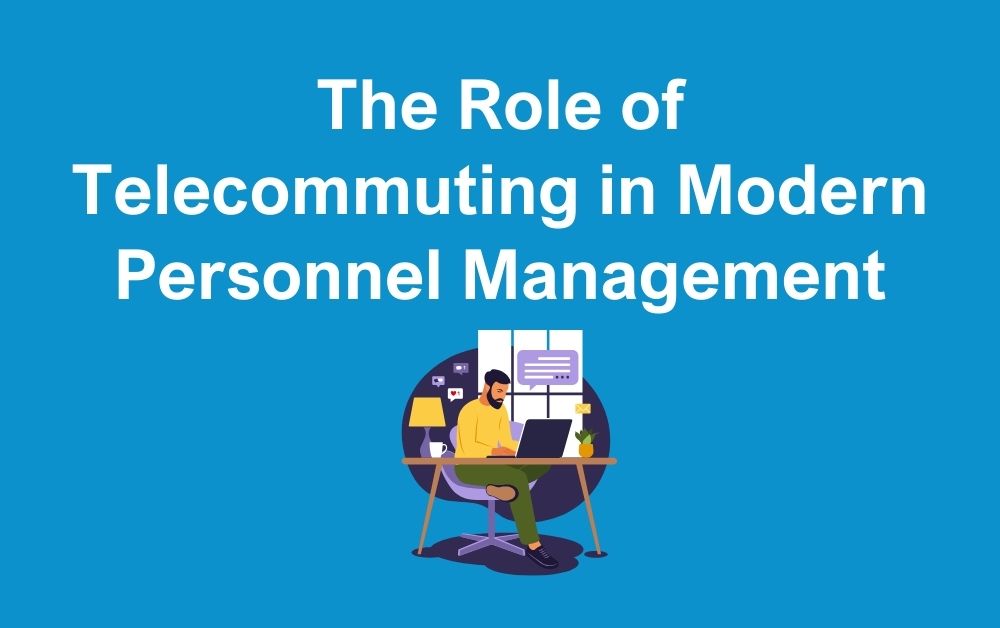Now there’s no need to be there in person.
One of these new ways of working is telecommuting. The concept is a relatively new one, subtly different to a number of other forms of remote working. It offers a new way for employees to manage their working week and for companies to deploy their personnel in ways that suit both the organisation and the individual.
What is telecommuting?
Used to refer to a specific type of remote working, telecommuting differs from home working or peripatetic work. Typically, a telecommuter would work at a different office base for a fixed portion of their working time, connecting to the main office using a range of communications technologies such as teleconferencing, video conferencing, cloud computing and email.
While this is similar in many ways to people who work from home, the difference is the location. Teleconferencing and other types of IT solutions can be used by people who work at home to connect to the office, but telecommuters will still use an office base. They simply use one that is remote from the main company offices.
How does it work?
Flexible workspaces can be cheaper and allow employees to work closer to home
The different ways in which telecommuting can be managed are limited only by the number of organisations that want to use it and the individuals who want to do it. Typically, an employee will work at an office closer to their home for a fixed portion of their working time and connect to the main office base using the IT provided at their local office.
Depending on the needs of the company, this can work in a number of ways. The days that a telecommuter spends in the local office can be fixed to a set pattern each week or can be a set number that flex around the needs of the individual to attend other meetings at the central offices. However, with the growth in communication technology that allows remote meeting, the need to travel to conduct business is reducing.
What are the benefits?
There are numerous organisational benefits to operating a telecommuting scheme. For many companies, it allows them a way of contributing to their flexible working policies to offer employees more control over their working patterns and a better work/life balance. With the changes to flexible working legislation due to come in soon, this is a great option for employers and their people.
It can also help with staff retention. I’ve been delivering a number of seminars recently on “getting the most out of your people” with the theme very much on staff retention. This is another option for employers, and with the average cost per hire at more than £1500, it’s well worth doing. The economy is picking up, unemployment is down, and people will be looking for their next career move – telecommuting and other retention schemes all help keep the best talent in your business.
For others, it can form part of a strategy for environmental sustainability, reducing the impact on the community and the environment as a whole by reducing the amount of carbon emissions from workers commuting to a central office. This can also have an impact on travel expenses and time spent in transit as both financial and opportunity costs to the business. Workers that spend less time travelling are likely to have more time to spend on doing the job at hand, which is an obvious benefit to the company.
For companies that are looking for inexpensive ways to expand their operations, finding offices out of the city and taking advantage of cheaper rental rates can offer another way of saving on overheads. In addition, the company gets to raise its profile in new areas and increase awareness of its business.
Conclusion
Telecommuting is another tool in the HR manager’s kit to enable flexibility in deployment of the workforce. With a number of attractive benefits including increased available working time, reduced overheads and lower travel costs, it’s easy to see why it makes sense from a business perspective. The addition of greater options for employee flexibility is just the icing on the cake.
If you would like to know more about telecommuting and its role in your HR management please contact us.







